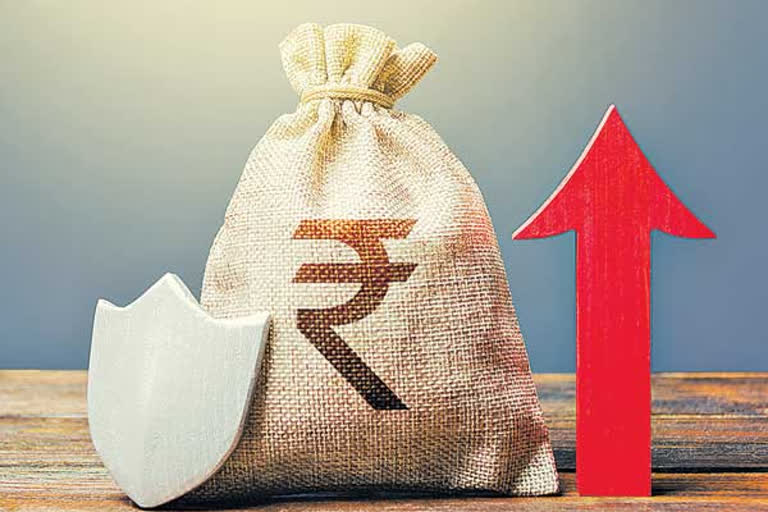Hyderabad: To curb inflation, the RBI has hiked repo rate. This triggered a rise in the bank lending rates as well as interest rates on fixed deposits (FDs) apparently to squeeze money from the market. As such, FD interest rates are expected to further rise slightly. Right now, many banks offer annual interest rates above 7 percent. Some have crossed 8 percent. What should those opting for FDs should do? Let's check.
High returns involve high risk. The same is the case when opting for FDs which are among the most preferred for those seeking guaranteed returns. But the hitch here is the risk factor associated with high interest rates. Some banks are considered to be very safe but they pay very less interest rate. This is so with government and large private banks.
Whereas small banks struggling to raise cash offer higher interest rate. Naturally, the risk is also higher here. All said and done, as inflation continues exerting pressure, deposits will not get higher interest. Keep all such issues in mind. Insurance is applicable for deposits up to Rs.5 lakhs in all scheduled commercial banks recognized by the RBI. So, deposits in all commercial banks are safe till this limit.
Also Read:Short-term or long-term fixed deposits: Which FD is best for you?
Many new generation small finance banks (SFBs) are mushrooming, offering higher interest rates on FDs above 7.25 percent. Suryodaya SFB offers 8.01 per cent for a tenure of 999 days. Ujjeevan SFB offers 8 per cent interest on 560 days deposit and 8.75 per cent interest to senior citizens. It can be said that this is the highest among FD interest rates at present.
When the government banks increase FD rates, they do so slightly. Recently, some government banks have raised interest rate up to 7 percent for various tenures. Special rates are offered for tenures from 599 days to 777 days. A premium of 50 basis points is offered to those above 60 years of age. Some banks offer 6.25 percent interest on deposits beyond two years.
Ten out of 12 government banks are offering interest rate of 6.00 percent or more on select tenures. All the banks are likely to increase the interest rates in view of the increase in deposit interest rates this year. Post office five year deposit yields 6.70 percent. Though bank interest rates are increasing, post office deposit rates are not.
Also Read:'No cost EMI' on premium TVs, mobiles, luring? Watch out
The non-banking financial companies (NBFCs) and home loan institutions raise funds though corporate FDs. Insurance is not applicable for these. Corporates usually pay higher interest compared to banks but it is up to you to decide whether to invest in them based on credit rating. Those with AAA rating give interest up to 7.50 percent and those with AA rating pay a little higher, up to 8.00 percent. As usual, senior citizens get higher interest rates ranging from 25 to 50 basis points.
The deposit rates of private banks have been above 6.00 percent for various periods. Some banks are paying up to 8.25 percent to senior citizens. Large private banks have also been increasing interest rates in recent times. Now most of these are yielding up to 6.50 percent. We can see that these generally follow the public sector banks. Some foreign banks also offer interest up to 7.25 percent.
Interest rates on FDs are currently on the rise. Doubts arise whether to wait for some more time. It is better to divide your amount and invest in FDs periodically. Sometimes 7.50-8.00 percent interest means good returns. If you are satisfied with this, you can deposit some amount. The remaining amounts can be invested as and when FD rates increase. With this strategy you don't have to worry about fluctuations in interest rates.
